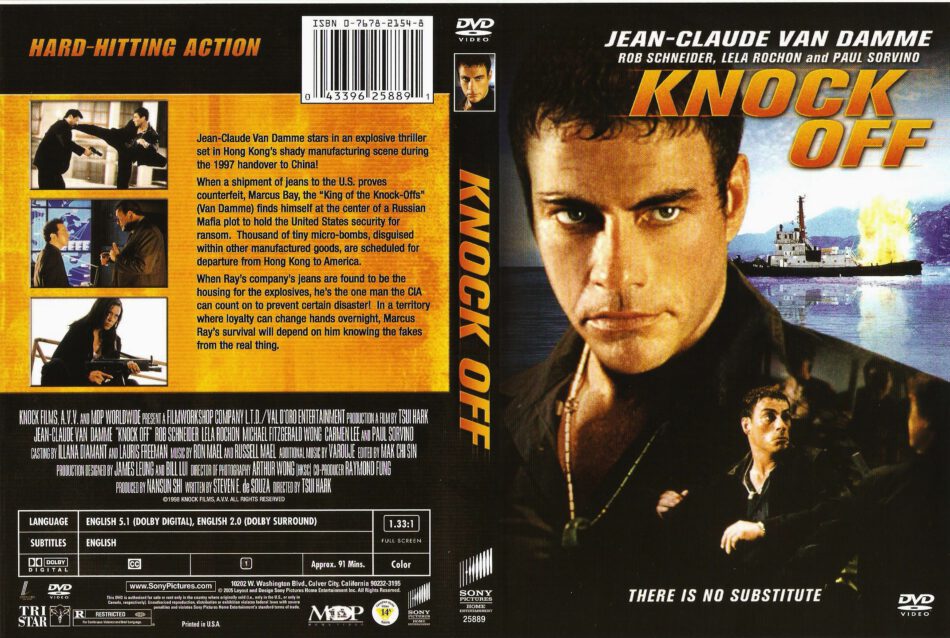

When dealing with knockoffs, customer churn is actually your best friend. You may have heard the term “customer churn,” that slow attrition of customers over time through various causes.

When you can’t come near competing on price, what can you do? They Can’t Fight Quality

Taking the fight out into the market is dangerous too, because knockoffs tend to succeed, at least at first, with their cheap prices. Trying to fight in court can be expensive, time-consuming, and very dicey depending on patent or copyright laws. The higher the false discovery rate, the more customers you lose before they even reach your brand. As a restaurant, you may be astounded to find a restaurant down the street has copied your menu and sells cheaper, faster versions of the same meals.Īll these imitations are poison to your brand, and contribute to a marketing measurement called “the false discovery rate.” This refers to how often consumers discover an imitation instead of your real product. The auto industry is haunted by knockoff cheap brake pads that pose dangers to drivers. And counterfeits aren’t always about brand appeal or copying trademarks, either.

Toys and clothes are regularly counterfeited, especially when it comes to online or bargain shopping. Shampoo companies face imitators that sell copied products with off-market or dangerous ingredients. 1 It’s easy to imitate a product, especially if you are careless about quality.įew industries are exempt. But figures show that knockoffs cost American businesses around $250 billion per year. It’s tempting to think of knockoffs as an overseas problem. From the competitor next door to the online seller on the other side of the world, chances are increasingly high that at some point you’ll face problems with cheap imitations trying to undercut your prices. Well, I have some bad news: knockoff products can affect any industry, and globalization and the rise of digital shopping only make it easier for imitators. You are probably familiar with knockoff brands as they relate to the fashion world-designer shoes, handbags, and luggage passed off as the real deal. 43 (5) 2055 - 2085, October 2015.Knock-offs come in all shapes and sizes, but ultimately, the best weapon you have against them is product quality. "Controlling the false discovery rate via knockoffs." Ann. We test the method in combination with statistics from the Lasso for sparse regression, and obtain empirical results showing that the resulting method has far more power than existing selection rules when the proportion of null variables is high. The method of knockoffs is very general and flexible, and can work with a broad class of test statistics. As the name suggests, the method operates by manufacturing knockoff variables that are cheap-their construction does not require any new data-and are designed to mimic the correlation structure found within the existing variables, in a way that allows for accurate FDR control, beyond what is possible with permutation-based methods. This method achieves exact FDR control in finite sample settings no matter the design or covariates, the number of variables in the model, or the amplitudes of the unknown regression coefficients, and does not require any knowledge of the noise level. This paper introduces the knockoff filter, a new variable selection procedure controlling the FDR in the statistical linear model whenever there are at least as many observations as variables. At the same time, we need to know that the false discovery rate (FDR)-the expected fraction of false discoveries among all discoveries-is not too high, in order to assure the scientist that most of the discoveries are indeed true and replicable. In many fields of science, we observe a response variable together with a large number of potential explanatory variables, and would like to be able to discover which variables are truly associated with the response.


 0 kommentar(er)
0 kommentar(er)
